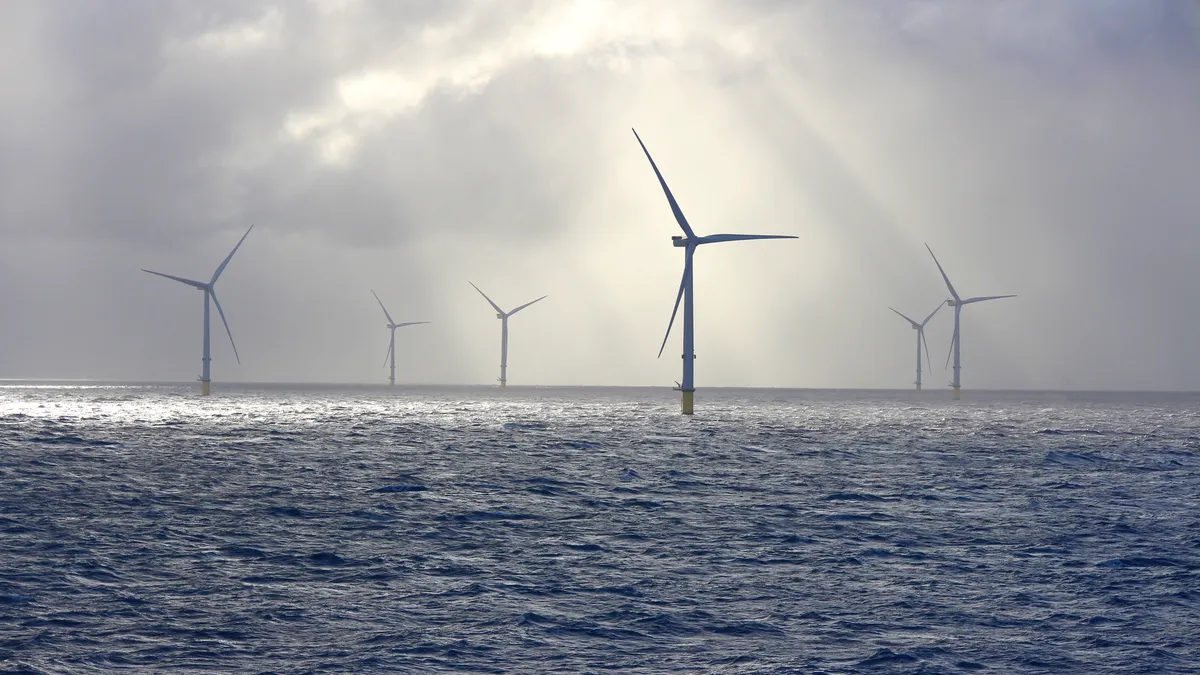Five New England states on Thursday issued a request for information to help inform the development of thousands of megawatts of new transmission they say will be necessary to interconnect offshore wind and other clean energy resources over the next two decades.
The RFI sketches out a “modular” framework and specifies that eligible solutions should be “scalable, cost-effective, and sufficiently flexible to accommodate up to 8.4 GW from current and future New England leaseholds.” Solutions would come online in 1.2 GW increments through 2040.
“Experience has shown that the process of planning for, developing and building new transmission infrastructure takes many years,” the states said. They added that the existing transmission planning process fails to proactively consider potential reliability impacts from offshore wind interconnections, or potential system upgrades needed.
The states include Connecticut, Massachusetts, Maine, New Hampshire, and Rhode Island. Vermont is not participating due to its “vertically integrated structure and the lack of any shoreline to act as a potential point of interconnection for offshore wind,” though it is generally supportive of the effort, the states said.
Comments on the RFI are due Oct. 14, and a technical conference including state agencies will be held at a date yet to be determined.
The states said the results of the RFI will help the region determine “whether to take further steps to procure or facilitate transmission investment, will assist states’ planning activities, and further inform state efforts to secure federal funding, including under [the Infrastructure Investment and Jobs Act], and otherwise support investment in infrastructure.”
President Joe Biden signed the $1.2 trillion infrastructure bill in November, including a $2.5 billion revolving loan fund to establish DOE as an anchor tenant for new or upgraded transmission lines.
In order to integrate significant new wind capacity in the early 2030s, the RFI states it “is necessary to begin the process of identifying the most effective interconnection sites and begin planning and designing the transmission infrastructure” to help meet state policy goals and avoid curtailments of renewable generation.















